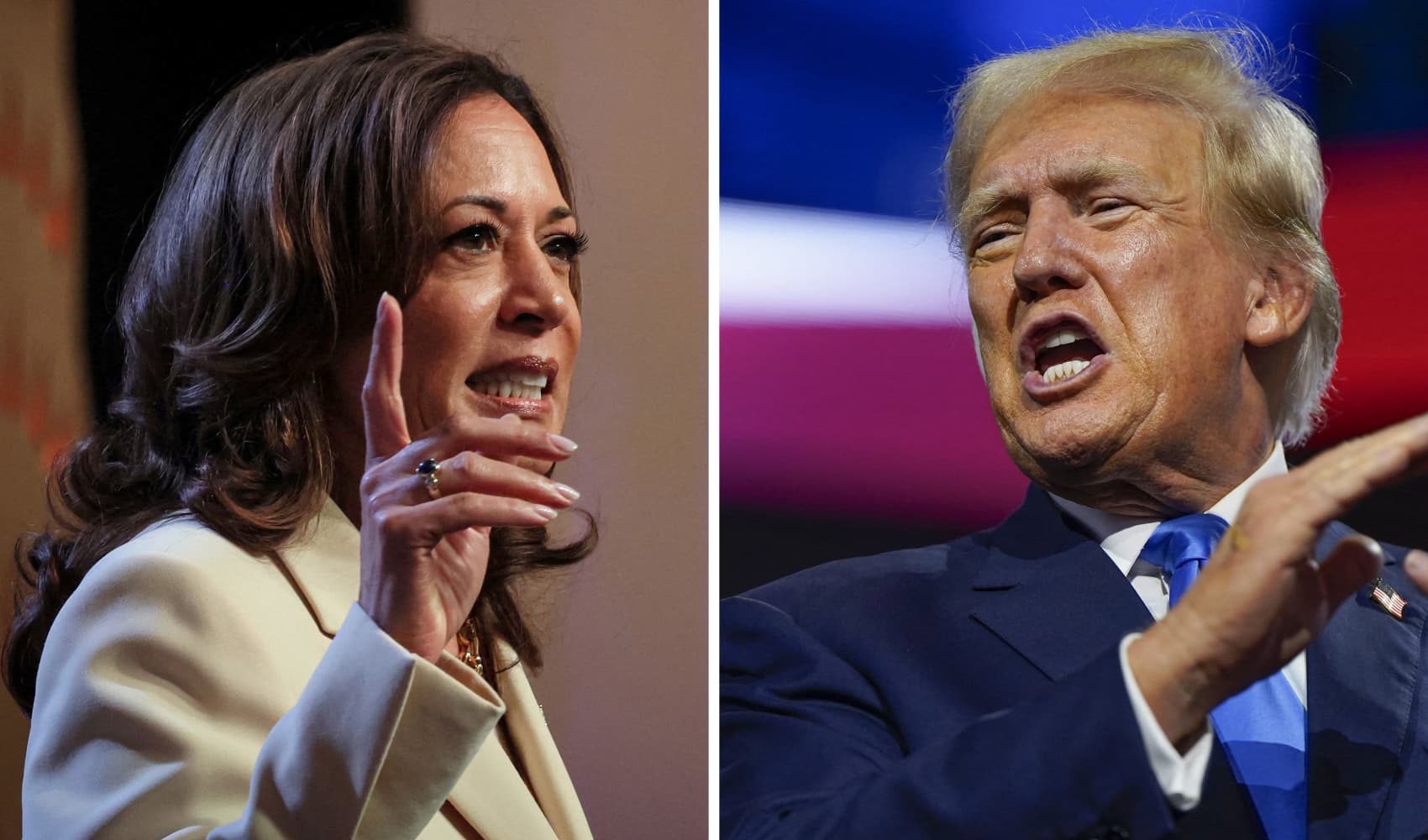
- College enrollment sank 25% due to the pandemic, new data shows.
- For students who delay their higher education, the long-term financial consequences could be severe.
The coronavirus crisis has had a devastating impact on many families' finances.
And some students were forced to sacrifice college as a result.
Get top local stories in Connecticut delivered to you every morning. Sign up for NBC Connecticut's News Headlines newsletter.
One quarter of last year's high-school graduates delayed their college plans, according to a survey from Junior Achievement and Citizens, largely because their parents or guardians were less able to provide financial support due to the pandemic.
The survey polled 2,000 teenagers in the U.S. between the ages of 13 and 19 who are not in college and 500 teens who graduated high school in 2020.
Increasingly, the sky-high price is the problem.

Students and their families are starting to question the return on investment, said Jack Kosakowski, president and CEO of Junior Achievement.
Money Report
"We've had this 'college thing' up on a pedestal," he said. "As costs have gone up, it's forcing people to take a more realistic view."
A separate survey of high school students found that the likelihood of attending a four-year school sank nearly 20% in less than a year — down to 53%, from 71%, according to ECMC Group, a nonprofit aimed at helping student borrowers.
High schoolers are putting more emphasis on career training and post-college employment, the report found.
More from Personal Finance:
Lawmakers step up to improve access to college aid
College can cost as much as $70,000 a year
Under Biden, free college could become a reality
More than half said they can achieve professional success with three years or less of college, and just one-fourth believe a four-year degree is the only route to a good job. ECMC Group polled more than 1,000 high school students three times over the last year.
"There are phenomenal opportunities for people to build great careers that may not be a full four-year degree and you don't have to borrow $100,000," said Christine Roberts, the head of student lending at Citizens.
But students are not choosing these programs, either.
Historically, community colleges see an influx of students during economic downturns.
For starters, community college is significantly less expensive. At two-year public schools, tuition and fees are $3,770 for the 2020-2021 school year, according to the College Board. Alternatively, at in-state four-year public schools, tuition is $10,560 and at four-year private universities it averages $37,650.
A two-year program is not necessarily an alternative to a four-year degree. Increasingly, students transfer from community college to a four-year school to keep costs down.
Today, about half of all bachelor's degree earners began their education at a community college, according to data from the National Student Clearinghouse Research Center.
Community college enrollment spiked during the last recession, but as the economy improved, enrollments steadily declined every year since, according to Martha Parham, senior vice president of public relations at the American Association of Community Colleges.
This time, in the aftermath of the Covid outbreak and the economic shock that followed, even fewer students enrolled.
Across the board, community college enrollment fell roughly 10%, according to Thomas Brock, director of the Community College Research Center, or CCRC. Although for some groups, including Black men, enrollment sank more than 20%.
"This is a trend that alarms everyone," he said.
Community college students likely are older, lower-income and often balancing work, children and other obligations. They are also disproportionately students of color — all groups that the pandemic hit especially hard.
The Junior Achievement report found that 60% of Black and 59% of Hispanic teens in 11th or 12th grade said that Covid affected how they will pay for college, compared to 45% of white teenagers.
"If you look at our students and who we serve, you can extrapolate that they have challenges," Parham said.
When these students drop out, it is even harder to them get back on track, she added. Community colleges don't have the same resources for outreach, Parham said. "That becomes a challenge."
Although early indicators show four-year college enrollment will bounce back in the coming year, it's too soon to tell if community college students will also return.
Since community colleges are open access, students can sign up for classes right up until the start of the semester, or even later, Brock said. "We won't know until early fall."
If students forgo this pathway to a career or a four-year degree, it could have dramatic consequences for their upward mobility, according to Barbara Mistick, president of the National Association of Independent Colleges and Universities.
"The higher education experience is a great equalizer," she said.
In fact, studies show that postponing a higher education has a steep economic cost.
The earnings gap experienced by delayers compared with on-time enrollees is at least $41,000 in the first 13 years after high school graduation, according to a report by the Community College Research Center. The lifetime penalty is at least three times higher.
Of course, those who put college on hold are less likely to return at all.
Historically, only 13% of college dropouts come back within five years, a separate National Student Clearinghouse report found, and even fewer graduate.






